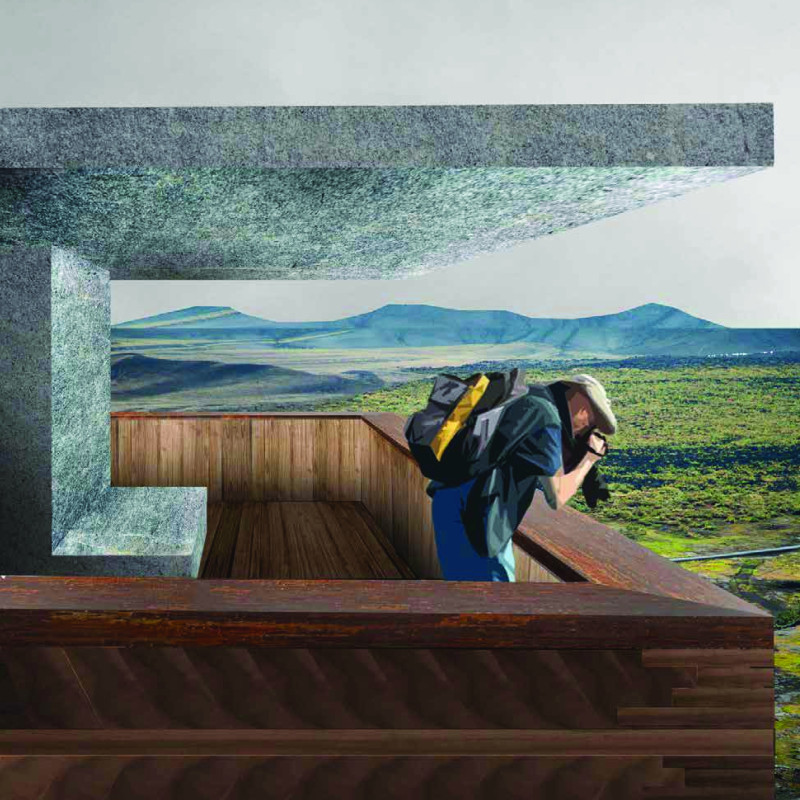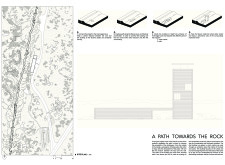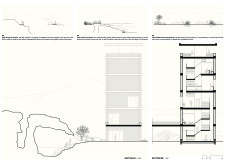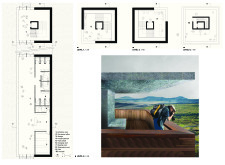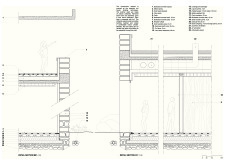5 key facts about this project
The design connecting to Kvennagjá Cave showcases a strong relationship between built structures and the surrounding landscape. Located in an area marked by tectonic activity, the setting lends itself to a concept that emphasizes interaction with the unique geological features. The main objective involves enhancing visitor experience through well-conceived pathways and functional areas, including a visitor center and a café. The design promotes a connection between architecture and nature, allowing visitors to explore and engage with their environment.
Pathway Design
The design features a pathway that aligns with the natural fissure in the landscape. This architectural promenade is meant to immerse visitors in the site’s geological wonders. The pathway incorporates a modular grating system elevated on a pedestal. This setup adapts to the natural terrain while protecting the delicate ecosystem below. Such an approach helps minimize environmental disruption, inviting visitors to appreciate the landscape while they walk along the path.
Zoning and Functionality
The layout carefully organizes different functional areas, creating clarity in their use. The visitor center is positioned to emphasize the entrance to Kvennagjá Cave. From this vantage point, panoramic views of the fissure are easily accessible. This orientation enriches the experience inside, allowing visitors to feel a more direct connection with the dramatic natural surroundings.
Materials and Construction
The choice of materials reflects a commitment to sustainable practices and local traditions. Rammed earth, lava stones, and turf are employed to create a design that resonates with the traditional architecture of the region. These materials enhance durability and contribute to the overall visual character, establishing a strong link between the structure and its environment.
Structural Details
Entry points from a parking area are designed to transition visitors smoothly from their vehicles to the natural setting. The pathway leading from the parking features a mineral band for vehicles, flanked by green spaces and areas for pedestrians. This design helps define the boundary between the built and natural environments. Throughout the site, openings along the pathways allow for plant growth, reinforcing the connection to the ecosystem. Visitors can appreciate the intricate details of the landscape as they walk, enriching their understanding of the environment around them.


